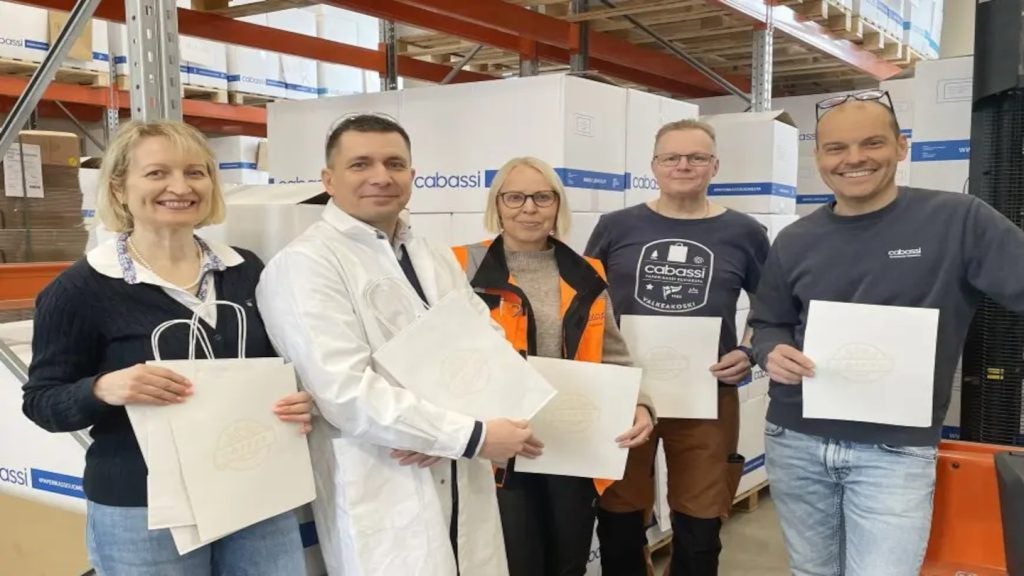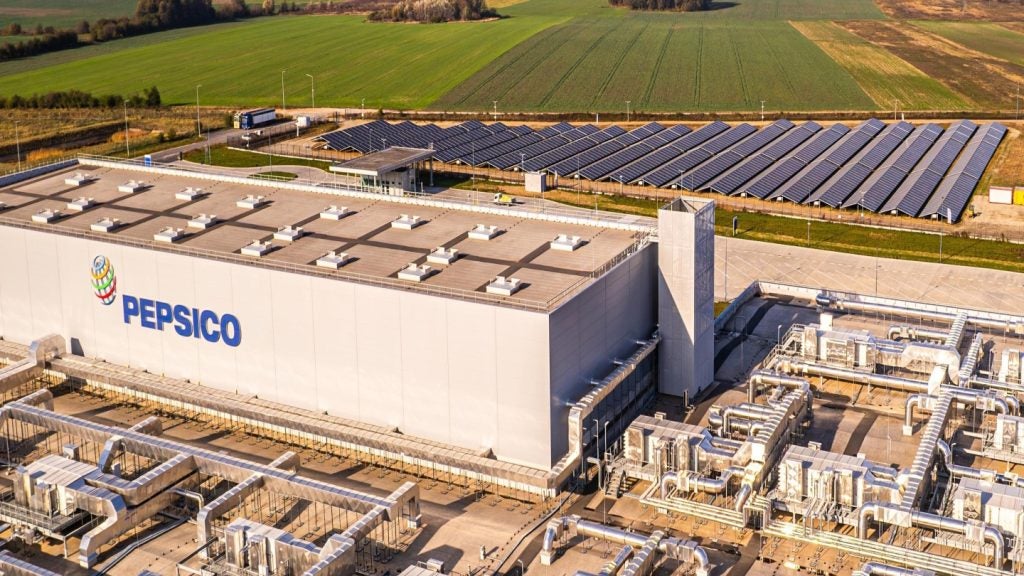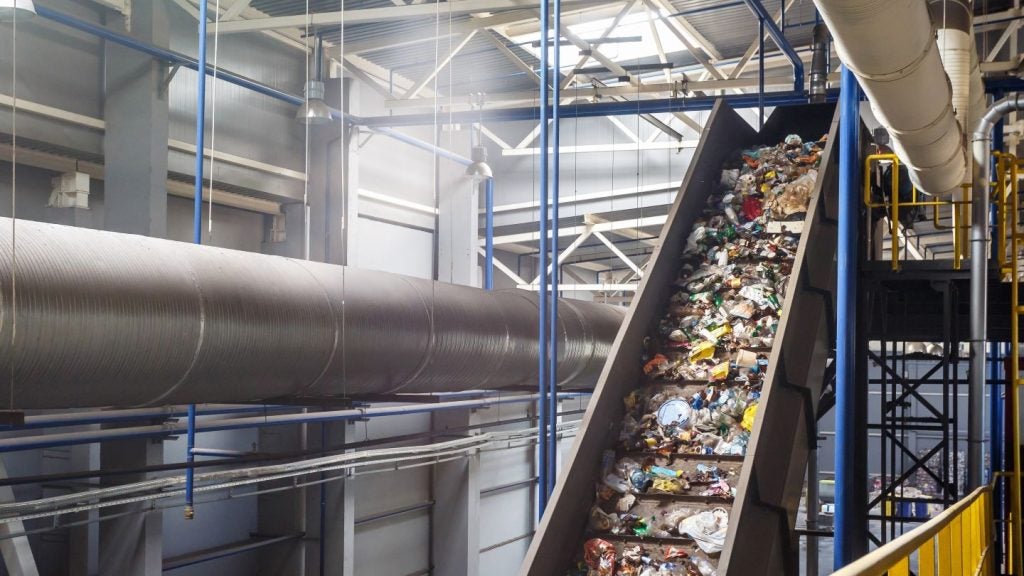Natural Indigo Finland, in partnership with Tampere University of Applied Sciences (TAMK), has developed a sustainable water-based biocolourant used in fibre-based packaging printing, derived from coffee waste.
The ink was extracted from the side streams of roasted coffee production, provided by Finnish coffee company Meira Oy.
This renewable ink offers an environmentally friendly alternative to the synthetic pigments commonly used in packaging printing.
The project has evolved from initial laboratory research to an industrial proof-of-concept, with Cabassi Oy effectively printing the ink on Paptic material.
Paptic is a durable, scalable, recyclable fibre-based material designed to replace plastic. The result is a high-quality paper bag with a pigment sourced from coffee waste.
Natural Indigo Finland CEO Pasi Ainasoja said: “This is a true circular economy solution. We’ve taken what was once waste and upcycled it into value, replacing synthetic colourants with a fully biobased pigment made from coffee.
This proof-of-concept is the culmination of 12 months of collaborative research and development, addressing the increasing demand for sustainable packaging options.
As regulations become stricter and the desire to move away from fossil-based resources intensifies, this innovation offers a low-impact colour solution for various applications.
The partners are now looking to broaden their collaboration and are inviting more industry stakeholders to join the effort to scale this innovation worldwide and expedite the shift towards biobased colouring solutions.
TAMK sustainable packaging researcher Dr Kai Lankinen said: “This is a significant green innovation in the global packaging print sector, which is worth hundreds of billions of euros annually.
“We are now forming an international consortium of ten companies and higher education institutions to raise €9.5m [$10.7m] in funding. Our goal is to scale this 100% biobased colourant globally, replacing synthetic pigments with solutions derived entirely from industrial waste and natural sources.”












